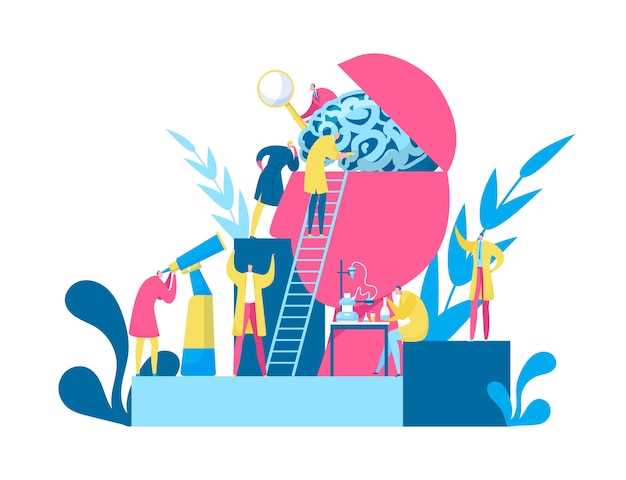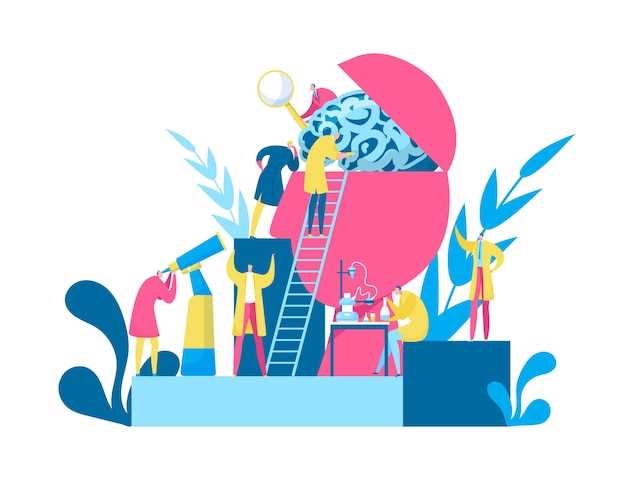
Generating an environment of creativity and problem-solving is crucial for driving innovation in the business world. This involves fostering a sense of ingenuity and critical thinking among employees to overcome challenges and generate fresh ideas.
By promoting a culture that values thinking outside the box and encourages collaboration, companies can unlock new solutions and stay ahead of the curve in a competitive market.
Cultivating a Creative Environment in the Workplace
In the modern office setting, fostering a space that encourages innovative thinking, originality, and inventive problem-solving is paramount. Nurturing an atmosphere that inspires employees to think outside the box and collaborate on fresh ideas can lead to breakthrough innovations and a competitive edge in the market.
The Power of Collaboration
Encouraging teamwork and collaboration among different departments and teams can spark new perspectives and approaches to solving business challenges. By fostering an environment where individuals feel empowered to share their ideas and work together towards a common goal, companies can harness the collective intelligence of their workforce to drive innovation.
Fostering a Culture of Experimentation

Creating a workplace culture that embraces experimentation and risk-taking can fuel creativity and ultimately lead to groundbreaking solutions. Encouraging employees to test out new ideas, embrace failures as learning opportunities, and continuously iterate on their work can pave the way for innovative breakthroughs that set a company apart from its competitors.
Fostering Innovation Through Collaboration and Diversity
Encouraging fresh perspectives and varied voices is essential in sparking original ideas and driving groundbreaking advancements in the modern business landscape. By bringing together individuals from diverse backgrounds, industries, and disciplines, organizations can cultivate a rich tapestry of insights and experiences that fuel innovation and propel forward-thinking solutions.
The Power of Collaboration
Collaboration serves as a catalyst for innovation, enabling individuals to combine their unique strengths, knowledge, and perspectives to tackle complex challenges from multiple angles. When teams work together towards a common goal, they can leverage their collective creativity and expertise to generate inventive solutions that transcend traditional boundaries and redefine industry norms.
The Impact of Diversity
Diversity in thought, background, and experience fosters a dynamic environment where ideas are constantly challenged, refined, and expanded upon. By embracing a wide range of perspectives and approaches, organizations can tap into the full spectrum of human creativity and ingenuity, unlocking new possibilities and driving sustainable growth and success.
Encouraging Risk-Taking and Experimentation for Business Growth
Embracing opportunities for exploration and daring decision-making is essential for fostering innovation and advancement within a company. Encouraging employees to step out of their comfort zones and try new approaches can lead to breakthroughs and unexpected successes. By creating a culture that values taking risks and experimenting with new ideas, businesses can propel themselves forward and stay ahead of the competition.
Benefits of Risk-Taking and Experimentation
- Unleashing creativity and innovation
- Fostering a culture of adaptability and resilience
- Gaining valuable insights and learning experiences
Strategies for Promoting Risk-Taking
- Provide support and resources for experimentation
- Reward and celebrate taking calculated risks
- Create a safe environment for failure and learning
Implementing Strategies for Embracing Failure as a Learning Opportunity
In the realm of fostering a mindset that encourages innovation and growth, it is vital to acknowledge the significance of setbacks. In the pursuit of advancing and evolving, failures should not be viewed as obstacles, but rather as stepping stones towards improvement.
Shifting Perspectives on Setbacks

One effective strategy for embracing failure as a learning opportunity is to shift perspectives on setbacks. Instead of viewing failures as roadblocks, individuals should see them as valuable feedback that can guide future decision-making and actions. By reframing failures in this light, organizations can create a culture that embraces experimentation and risk-taking.
Implementing a Feedback Loop
Another key strategy is to implement a feedback loop that enables continuous learning and improvement. By collecting data on failures and analyzing the root causes, organizations can identify patterns and trends that reveal areas for growth. This proactive approach allows for the implementation of targeted solutions and adjustments, leading to more effective problem-solving and innovation.
| Benefits of Embracing Failure |
|---|
| Encourages innovation |
| Promotes resilience |
| Fosters a culture of continuous improvement |
Empowering Employees to Think Outside the Box

Encouraging and enabling team members to explore unconventional solutions and innovative ideas is key to fostering a dynamic and forward-thinking mindset within the organization. When employees are empowered to think creatively and problem-solve beyond traditional boundaries, they are better equipped to tackle challenges with fresh perspectives and ingenuity.
- Provide opportunities for brainstorming sessions and idea-sharing to inspire out-of-the-box thinking.
- Encourage a culture of experimentation and risk-taking to foster a spirit of innovation and continuous improvement.
- Recognize and reward employees who demonstrate creativity and initiative in solving complex problems.
- Offer training and development programs to enhance employees’ critical thinking and creative problem-solving skills.
By empowering employees to think outside the box, organizations can cultivate a culture of innovation and drive meaningful change that propels business success in today’s competitive market environment.



